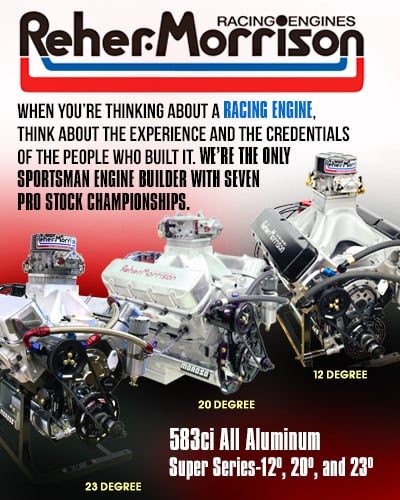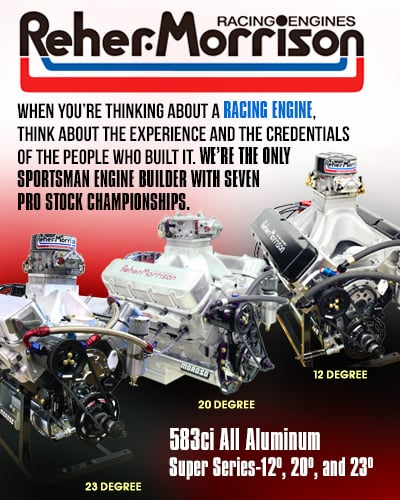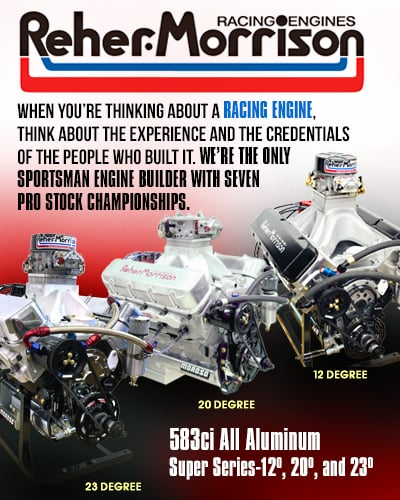JOHN FORCE A MAN OF RARE ABILITY, PT 1
STORY GOES HERE

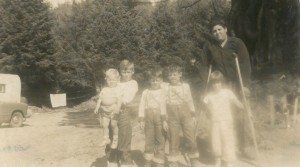 Force-Family-1950s-(left-to-right)-John,-Walker,-Louie,-Tom,-Cindy,-cousin-Richard-Beaver-(Jean-Beaver's-Brother.A 16-time NHRA Funny Car title holder, Force is the most successful auto racer, in any category, of our time. Yet Tom “Mongoose” McEwen insists he possesses other qualities that may transcend his prowess at the drag strip: he rarely forgets old friends and does a lot of good that’s never reported.
Force-Family-1950s-(left-to-right)-John,-Walker,-Louie,-Tom,-Cindy,-cousin-Richard-Beaver-(Jean-Beaver's-Brother.A 16-time NHRA Funny Car title holder, Force is the most successful auto racer, in any category, of our time. Yet Tom “Mongoose” McEwen insists he possesses other qualities that may transcend his prowess at the drag strip: he rarely forgets old friends and does a lot of good that’s never reported.
John Force was raised in a small trailer house in Bell Gardens just south of the City of Los Angeles, California with his parents, three brothers, and a sister. He was the youngest. During their seasonal work, up and down the coast and berry picking in the Joaquin Valley, his mother would fasten a rope to the young Force, anchoring the other end of the tether to a stone to deter him from crawling away.
In the off-season his dad was engaged in logging; his mom a cook. An Oklahoma migrant driven from her home during the dust bowl period of the nineteen-thirties, the correlation between the struggles of the young Force family and those depicted in John Steinbeck’s famous novel the Grapes of Wrath must have seemed uncannily similar. Today, Force readily admits they never had a Thanksgiving dinner or a big table. “Dinner was usually from a tin foil tray that you’d heat in the oven. My kids cannot imagine…”
Football or racing?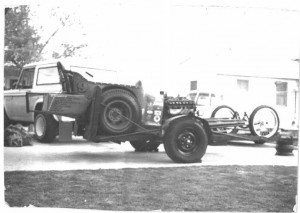 1967-John Force – front engine dragster Injected Alcohol OldsmobileAs soon as he was old enough to qualify for a driver’s license, Force entered competition at Irwindale and Orange County drag strips and won his first trophies at Lion’s drag strip in a 1960 Ford. Bought with some help from his dad, “It was a six cylinder with a 3-speed on the column,” said Force. “I installed a big 352 Ford Interceptor motor in it with a 4-speed.
1967-John Force – front engine dragster Injected Alcohol OldsmobileAs soon as he was old enough to qualify for a driver’s license, Force entered competition at Irwindale and Orange County drag strips and won his first trophies at Lion’s drag strip in a 1960 Ford. Bought with some help from his dad, “It was a six cylinder with a 3-speed on the column,” said Force. “I installed a big 352 Ford Interceptor motor in it with a 4-speed.
“When I got out of High School I bought a front-engine dragster. It was powered by an injected Oldsmobile motor that ran on alcohol. Then I got a Fuel Altered, but I achieved little and nobody knew who I was. Still, I enjoyed the thrills drag racing offered. However, I had played football in school and I enjoyed that too. I liked the symbol of the helmet, the cheer of the crowd and the camaraderie of the team, but I had polio as a kid so I knew I was never going to make it in professional football. So I got a race car to do the running for me.”
Force loved drag racing and studied its many arcane techniques so skillfully applied by Mongoose McEwen and Snake Prudhomme. He learned through observation as Mongoose hustled for money while Prudhomme perfected a single-minded pure drag race approach. By combining these crucial qualities Force gradually became the most successful icon the sport has known so far. “I learned from those guys,” says Force, “I guess you could call them my Babe Ruth.”
Why opt for the Funny Car class?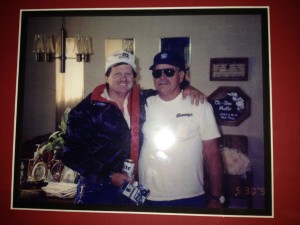 John Force and his mentor “Uncle” Gene Beaver [Below] Force and Densham Down Under.
John Force and his mentor “Uncle” Gene Beaver [Below] Force and Densham Down Under.  “I opted for the Funny Cars because my cousin Gene Beaver was involved with them. He called them “Plastic Fantastics” and I liked them. My first Funny Car was one I bought from Steve Boban. “Actually I didn’t buy it—Boban was killed and the car was impounded—it went to auction and a car dealership bought it. I met the guy when I was driving trucks and that’s how it started.
“I opted for the Funny Cars because my cousin Gene Beaver was involved with them. He called them “Plastic Fantastics” and I liked them. My first Funny Car was one I bought from Steve Boban. “Actually I didn’t buy it—Boban was killed and the car was impounded—it went to auction and a car dealership bought it. I met the guy when I was driving trucks and that’s how it started.
“Funny Cars were moving billboards and I knew I needed money from sponsors. Back in those days sponsorship came from the local Chevrolet dealer or the camper guy down at the corner or the local gas station. I was talking to anybody that could contribute something that could get the car to the race track. It wasn’t a living; it was just having fun. I drove a truck all week and when I got off on the weekend I raced.”
His first big break?
“My big break came in Australia, but I couldn’t save myself from a tide of indignities. In the 1970’s Australian promoters brought American racers down-under every year. I was 24 years old and so excited that the media actually wanted to talk to me but I was so terrible!
“I started the car in the parking lot in front of the TV station for the media and kicked a rod out the side. That was one motor gone! Then in the first round I couldn’t get reverse gear after the burnout. My next transgression happened in the second round when the car made a right turn and almost hit the wall. But on the last run I ran over 210mph, the quickest run in Australian history! I was running a high-gear car when everybody else had two-speeds, which were new at that time and as a result they had difficulty in getting down the race track.
Australia-Newspaper-Headline“At the end of the night the track promoter, Dave Harding, told me, ‘you’re terrible, you’re fired and I don’t know why I even hired you!’ But next morning the newspaper headlines blasted “American makes fastest run ever!” So, Harding came back and said ‘OK, I’m stuck with you now because you’re a headliner.’ So he hired Sid Waterman to build me two motors, which I ran for the rest of the six-week tour. That’s how I got my break. Nobody knew me in the US, but when I returned home I quit my truck-driving job, put a new body on the race car and became a professional racer.”
“I turned professional racing driver in 1975 and was terrible for the next ten years!”
























